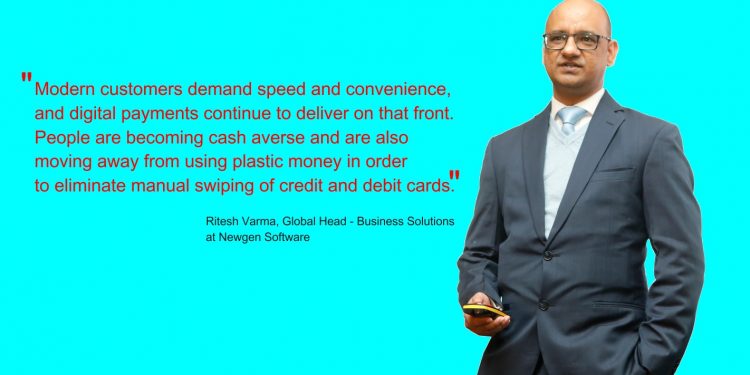In an increasingly connected world, digital payments have become the new normal way of executing transactions. With COVID-19 disrupting the way businesses operate, the contact-free options like mobile wallets and online payments are experiencing exponential growth. People are becoming cash averse and are also moving away from using plastic money in order to eliminate manual swiping of credit and debit cards. Digital payments can be facilitated without physical access and provide a swift mechanism for cashless transactions while adhering to the current need for social distancing.
The accessibility and flexibility of digital payments lay the groundwork for building innovative business models and experiential service.
Influx of Digital in the Payments Market
The global digital payments market stood at USD 3.8 trillion in 2019 and is projected to reach USD 8.7 trillion by 2025. A major contributor to this is the millennial and Gen Z consumers accustomed to using smartphones for their day-to-day activities. The past decade has also seen a rise in fintech with emerging technologies like artificial intelligence, machine learning, cryptocurrency, and blockchain taking center stage. These technologies have attributed to the growth of digital payments in conjunction with an increased demand for e-commerce and mobile point of sale devices.
India has also witnessed an increase in the use of digital modes of transactions. The value of digital payment transactions in India is estimated to touch USD 135.2 billion in 2023 versus USD 64.8 billion in 2019. Mobile wallets and UPI transactions had just started gaining traction when demonetization pushed them to the forefront. While we are still far away from becoming a truly cashless economy, it is apparent that digital has become an effective way of transacting.
The Digital Edge to Outshine Cash
Cash has been our go-to means of payment for ages. However, as technology becomes intertwined with our daily lives, the paradigm shift towards a digital society is undeniable.
The numerous benefits of cashless transactions make it an appealing choice for many:
- Payments are quick and hassle-free for both consumers and vendors
- Digital transactions are easy to track, and the record can be used as proof of payment or to identify spending patterns
- Setting up a digital payment platform is not too expensive
- Ease of payments for people of all income groups
- Digital payments minimize the risks of fake currencies, thefts, and cash loss
- Ease of paying utility and shopping bills from the comfort of home
- Low circulation of physical currency reduces the fear of spreading contagious germs
The Way Forward: Evolving from Less Cash to Cashless
Digital and touchless payments using cards wallets have made inroads into our regular lives, making a lot of our transactions paperless and seamless. Modern customers demand speed and convenience, and digital payments continue to deliver on that front.
Given the current pandemic, there is an increased fear of contact with contaminated surfaces, making yet another case for transitioning from less cash to cashless, and further modernizing and securing the digital payment methods.























